CLIENT
NOURISHING SCHOOLS
THE CHALLENGE
Educating kids about malnutrition in a way that is simple and easy to understand.
THE OUTCOME
Seeds of Change. A storytelling approach inspired by Chinese board games.
OVERVIEW
Nourishing Schools Foundation develops young changemakers aged between 9-14 years who can take charge of improving their own and their communities’ nutrition. They do this with the help of the Nourishing Schools toolkit. Over two cycles of using the toolkit, children solve problems in their schools and communities related to health, nutrition and sanitation.
ABOUT NOURISHING SCHOOLS
Nourishing Schools addresses the problem of malnutrition, a problem that is universal across the world. Globally in 2020, 149 million children under 5 were estimated to be stunted (too short for age), 45 million were estimated to be wasted (too thin for height), and 38.9 million were overweight or obese. Around 45% of deaths among children under 5 years of age are linked to undernutrition. Source: WHO.
Many nutrition interventions focus on the 1000-day window i.e. the period from conception till the child is two years of age. However, pregnancy is too short a period to build the iron stores required to meet the needs of a growing foetus. Therefore, women who enter pregnancy anaemic are at an increased risk of birthing children with low birth weight, delivering preterm newborns, and/or dying while giving birth. It’s therefore critical to target adolescent girls and boys to improve their nutrition awareness and nutritional status, as they are both “Future Parents”. Nourishing Schools believe that a key solution lies in giving such future parents the tools to take charge of their own nutrition and that of their communities. Through the Nourishing Schools initiative, children aged between 9-14 years are reached through their schools and surrounding communities.
THE BRIEF
Nourishing Schools India wanted to shift the spotlight of malnutrition education from parents to kids. There are very few resources in India that educate kids about malnutrition and as future parents, kids are best placed to understand this issue first-hand and also help spread the message within their own circles and communities. However, malnutrition is not easy to teach. That too to kids who would be tempted more by tasty food, than healthy food. The challenge to Headless Hippies, a creative agency that helps brands make friends with people, was how to make it fun, educative and evocative at the same time.
3) Create a distinct brand that makes nutrition approachable.
Since the brief had multiple steps, here is how HH went through the process. Let us dive into each step.
OUR PROCESS
MIND MAP
The team at Headless Hippies (HH) started by creating a mind map decoding the problem of malnutrition in India. We found – in India, there is a lack of awareness, negligence and people eat only to kill hunger, not consciously.
Further, upon investigating from Nourishing Schools, Headless Hippies found that the transformation was to be brought in by creating awareness, of course, but through DIY components to make a lasting impact. The Nourishing Schools (NS) team would take their tool kits to Principals and teachers of Government schools in the hinterlands to convince them of the problem and bring them into their fold.
As they took these tool kits to the students, they realised that the idea of nutrition could never be imposed and the NS team, in their brief, asked HH to come up with an idea of how the tool kit could be made more engaging to the kids.
As HH was creating this mind map, they figured that kids love stories and nutrition when made into a story can be both appealing and educational.
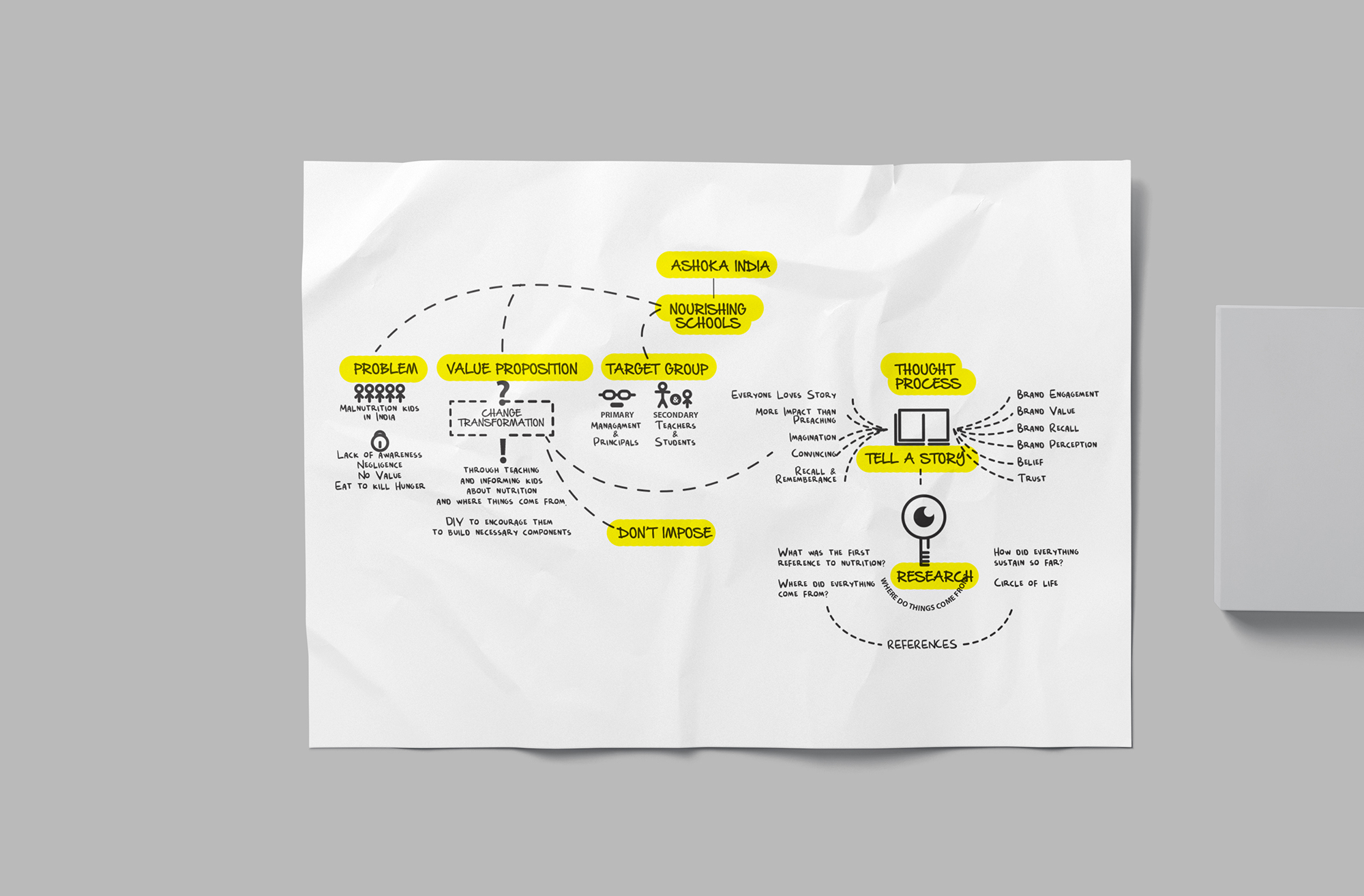
THE SEED OF AN IDEA
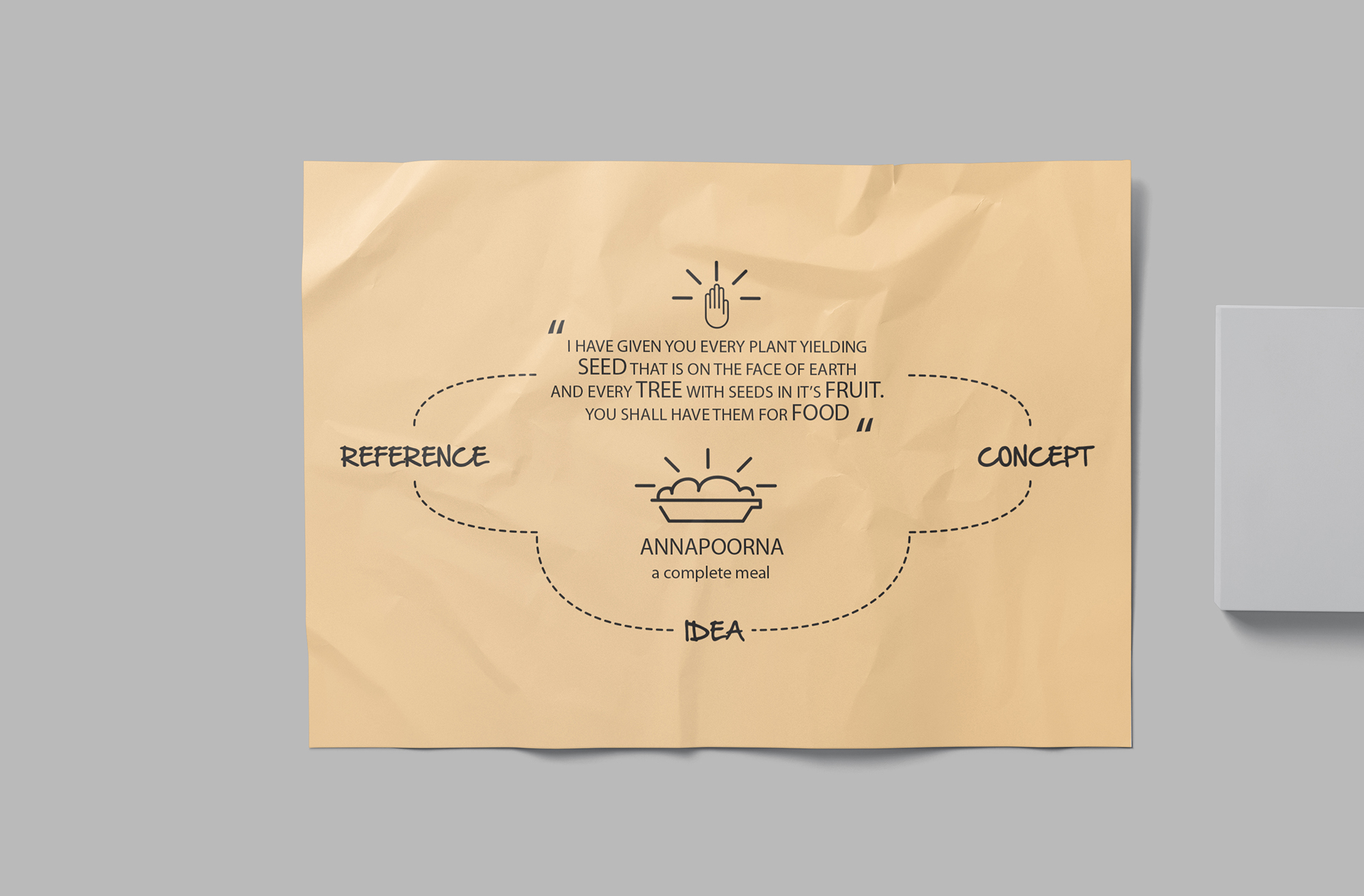
The ‘Seed’ of an Idea: In the Bible (Genesis 1:29-30), God said, “I have given you every sort of seed-bearing plant on Earth, and every kind of fruit-bearing tree, given them to you for food.”
Similarly, in Hindu mythology, there is a concept of Annapurna or a complete meal. Therefore, the idea of nutrition is not new and ingrained in our mythology and religious texts.
Through this, germinated the idea of a seed and its various stages of growth. From a shrub to a tree and back to being a seed again. The cycle continues.
To HH, the idea of ‘seeds of change’ was born.
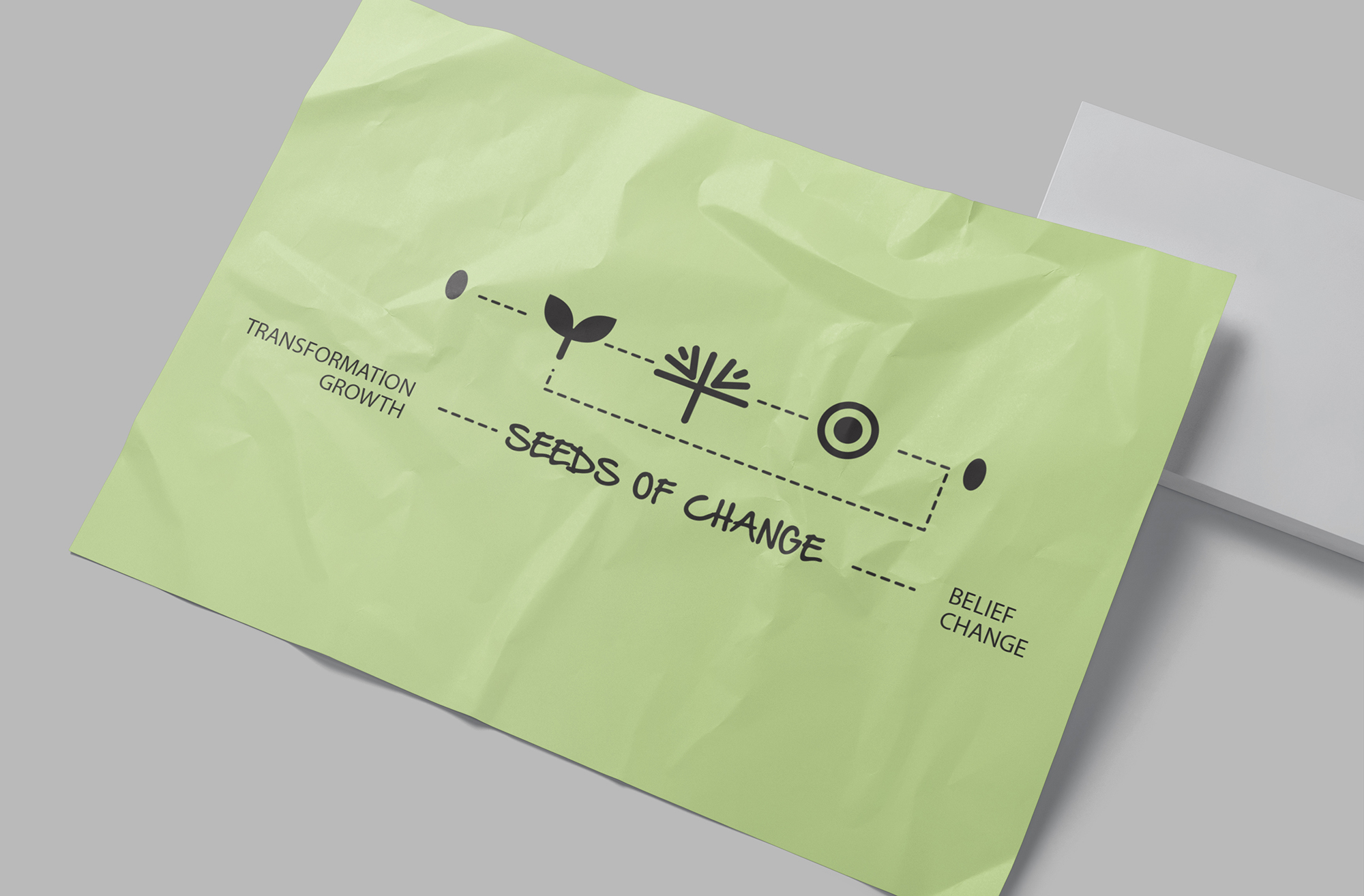
STEP 2: Creation of the Brand “Nourishing Schools”
While this helped break down the concept of nutrition and make it very simple to decipher, the challenge still remained. How will this be communicated to kids? How can they learn this idea better? The idea still needed a medium that signified transformation and was also very easy to learn from. It also needed components that could communicate constant change.
Through a lot of research and iteration, the HH team came across tangrams (Chinese board game meaning ‘seven boards of skill’ – a dissection puzzle consisting of seven flat polygons, called tans, which are put together to form shapes. These shapes have endless possibilities.
Designing the Brand Logo and Identity
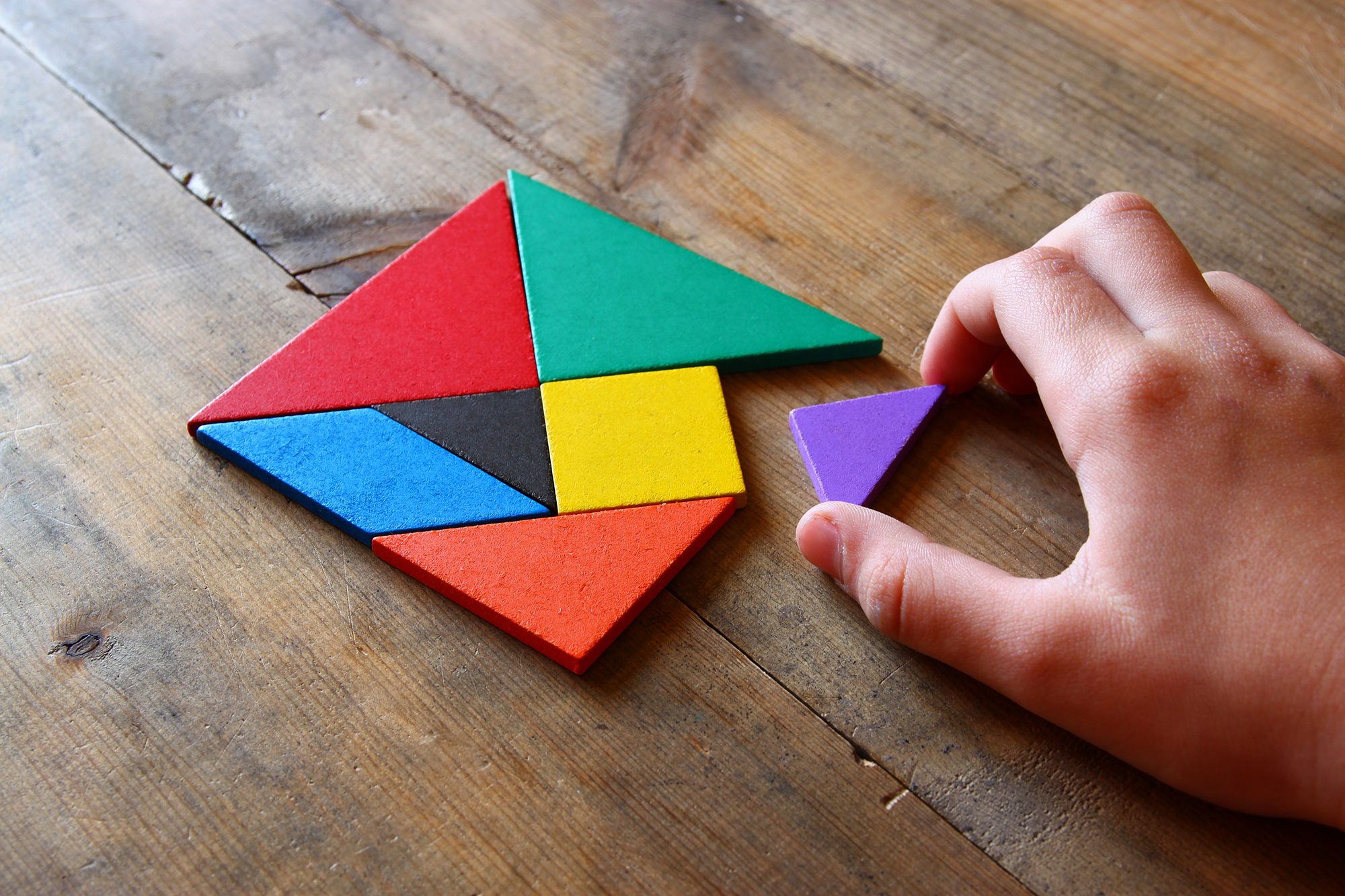

The logo signifying a seed and sapling (also meaning an open world for new ideas and a fresh way of thinking)

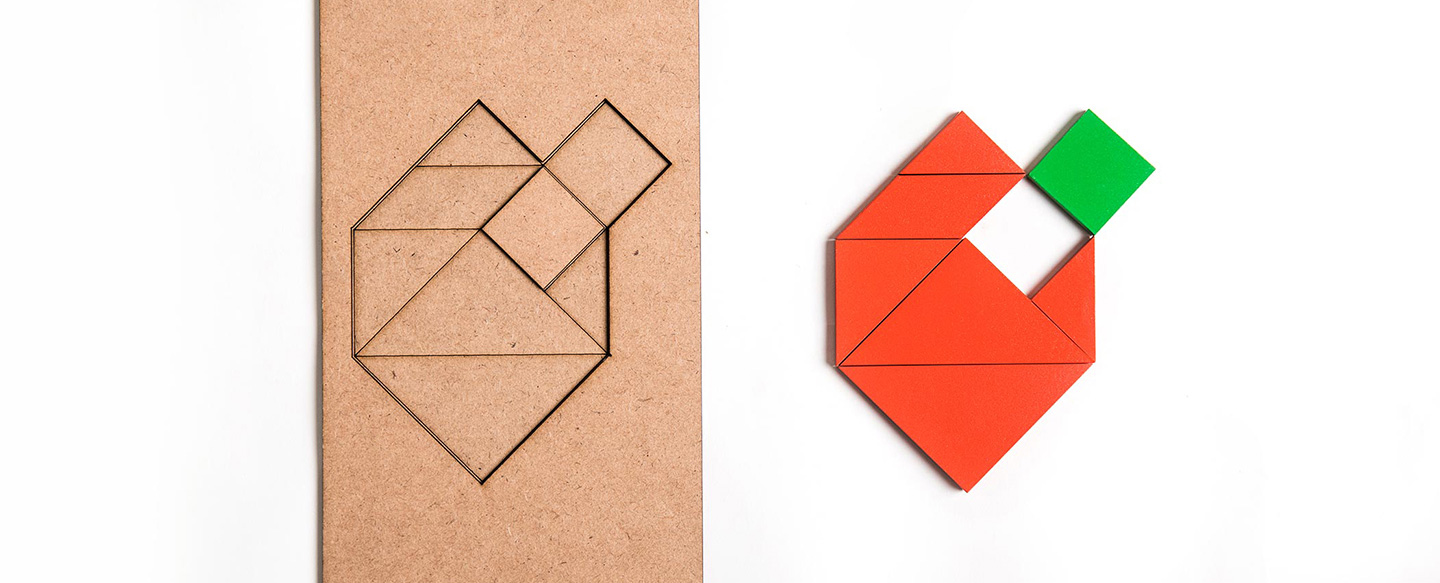
How does this translate to ‘Simplifying nutrition to kids’
When HH thought of a theme called, ‘seeds of change’, they knew that the idea had to be communicated to the kids as simply and playfully as possible. Hence, their research led them to communicating through tangrams. The team bought a tangram board and experimented themselves. The possibilities were limitless and the concept was fun. It felt like a good tool that teachers could use to ‘breakdown’ complicated ideas through tangrams and teach the kids. Similarly, the kids could use these pieces to create endless possibilities.
Not only did the HH team create tangrams as a DIY extension of the concept of malnutrition, they also designed a font to signify what happens when students learn about malnutirtion. They grow from weak to strong and similarly the font went from thin to thick.
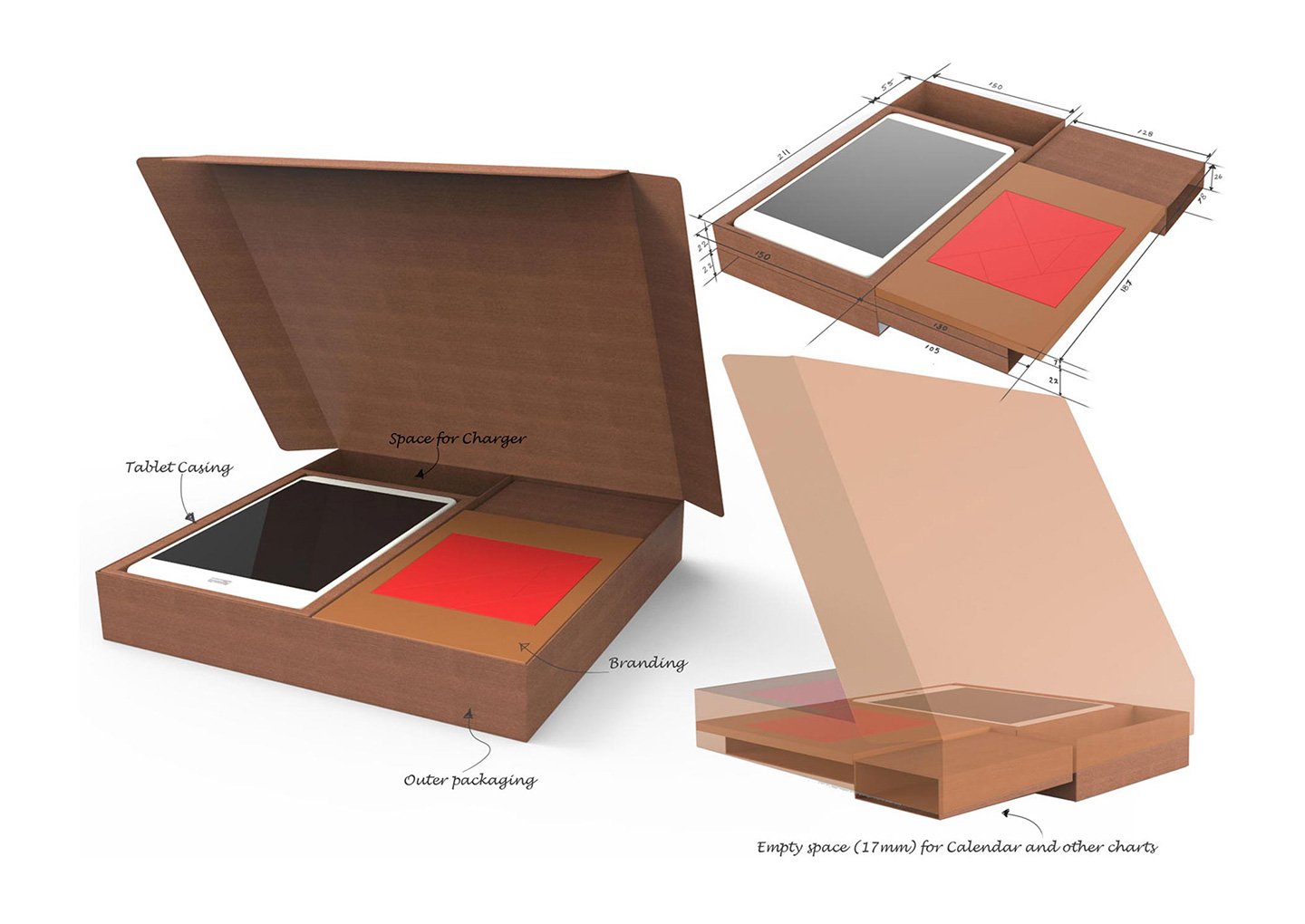
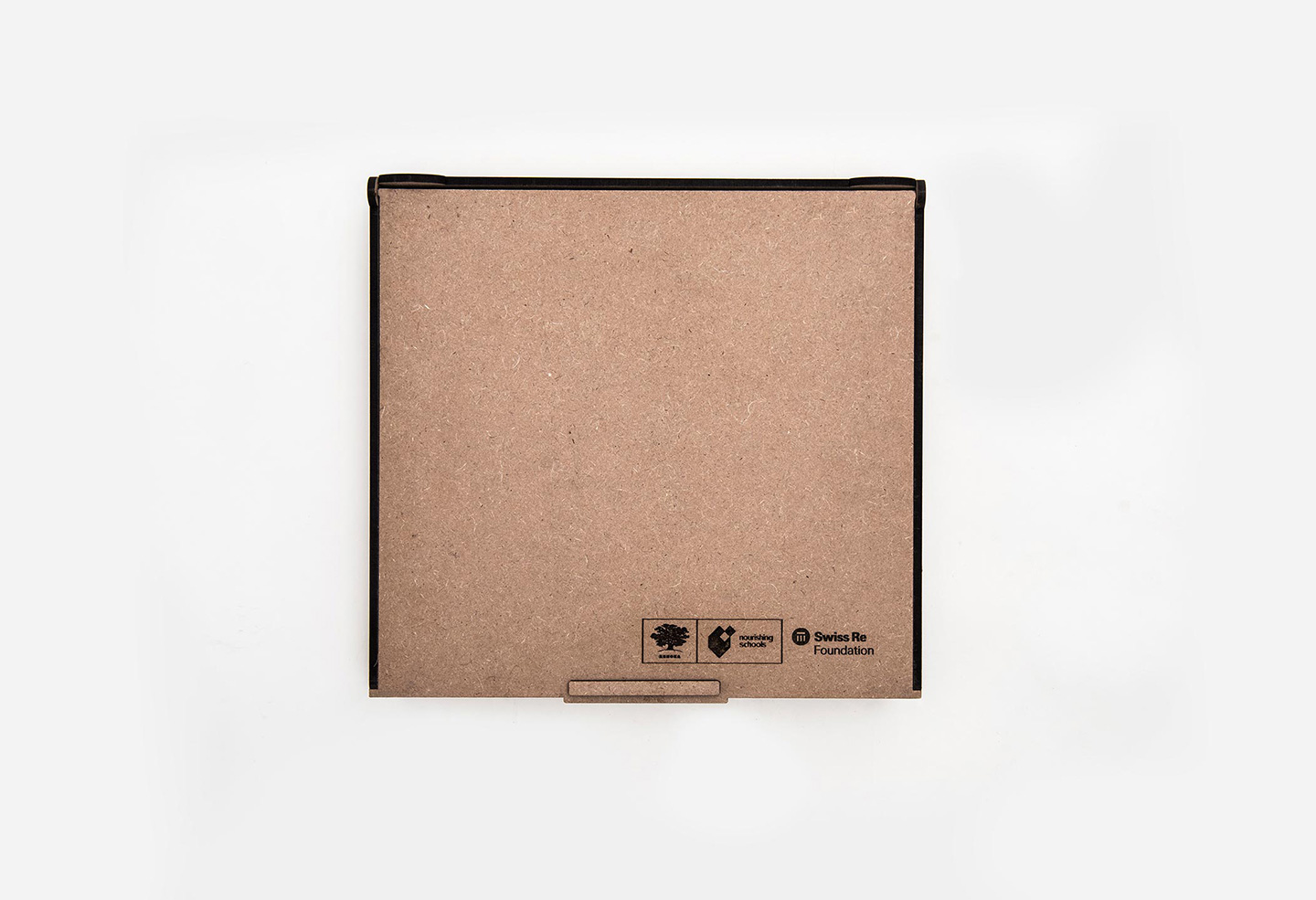


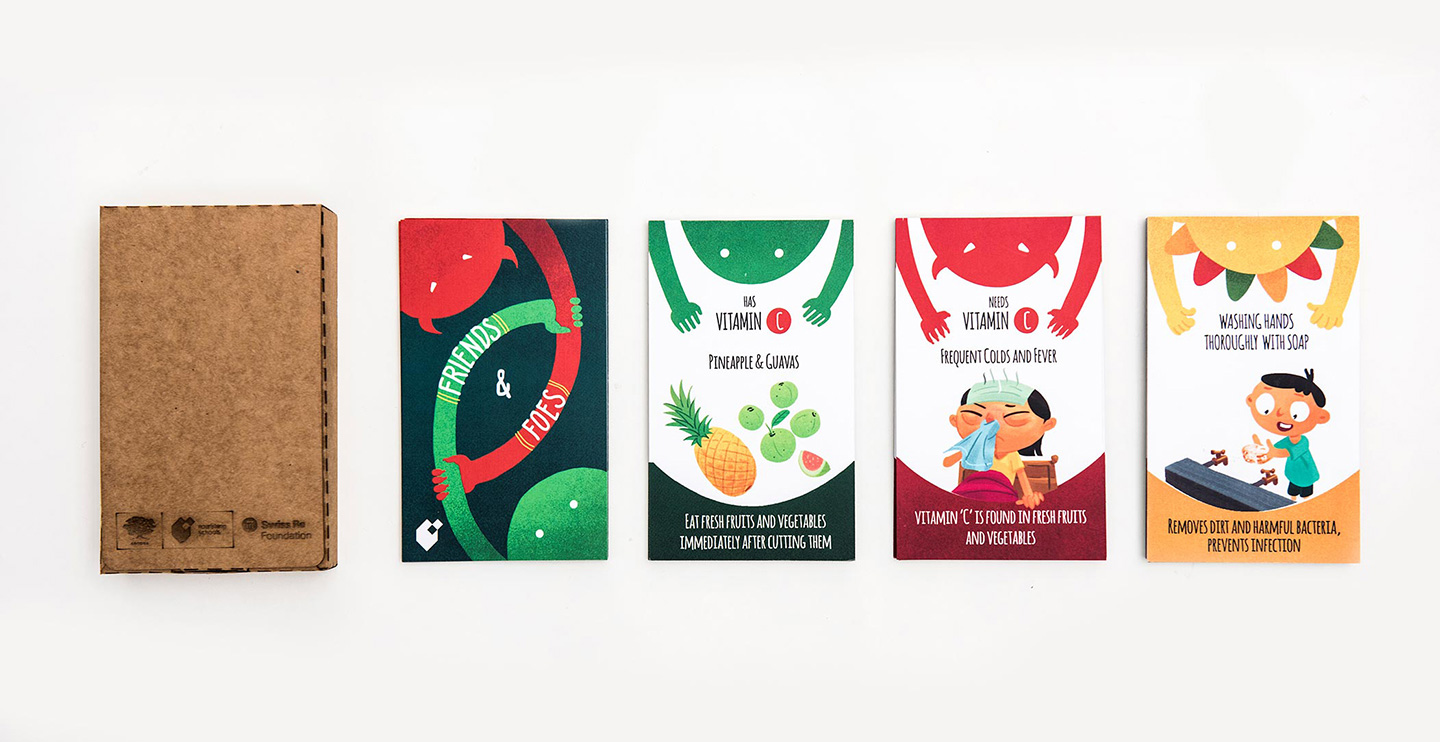

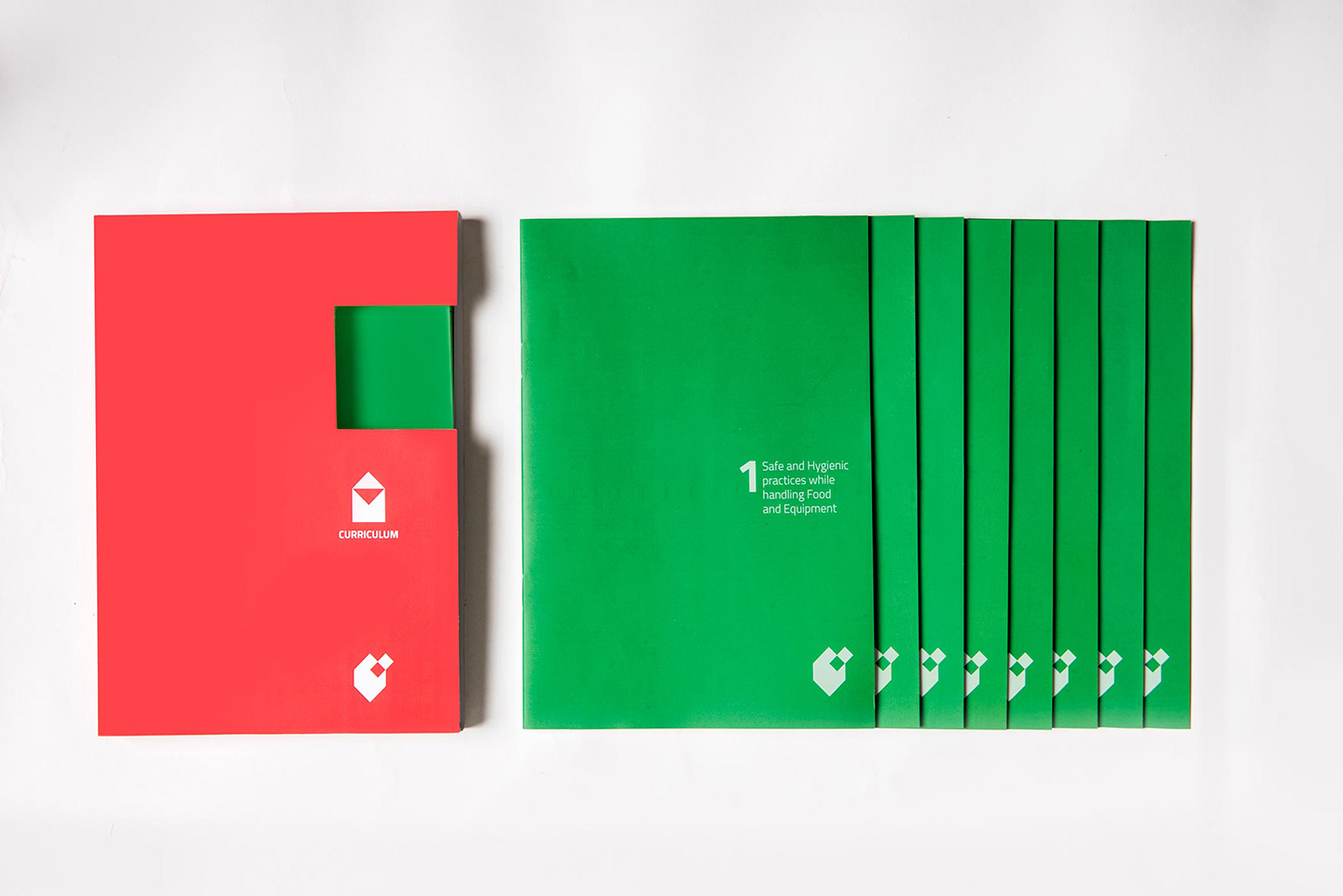
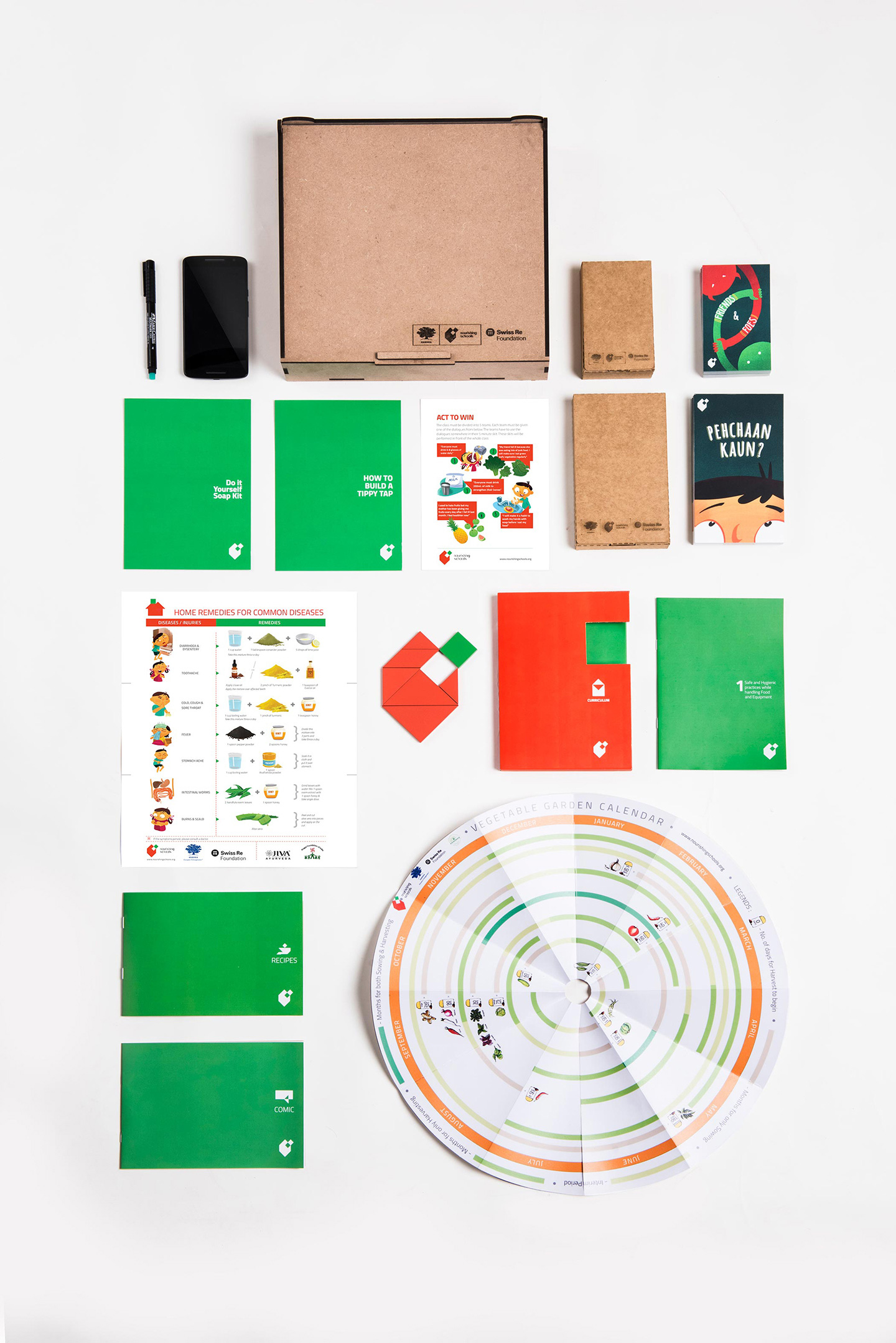
STEP 3: Impact

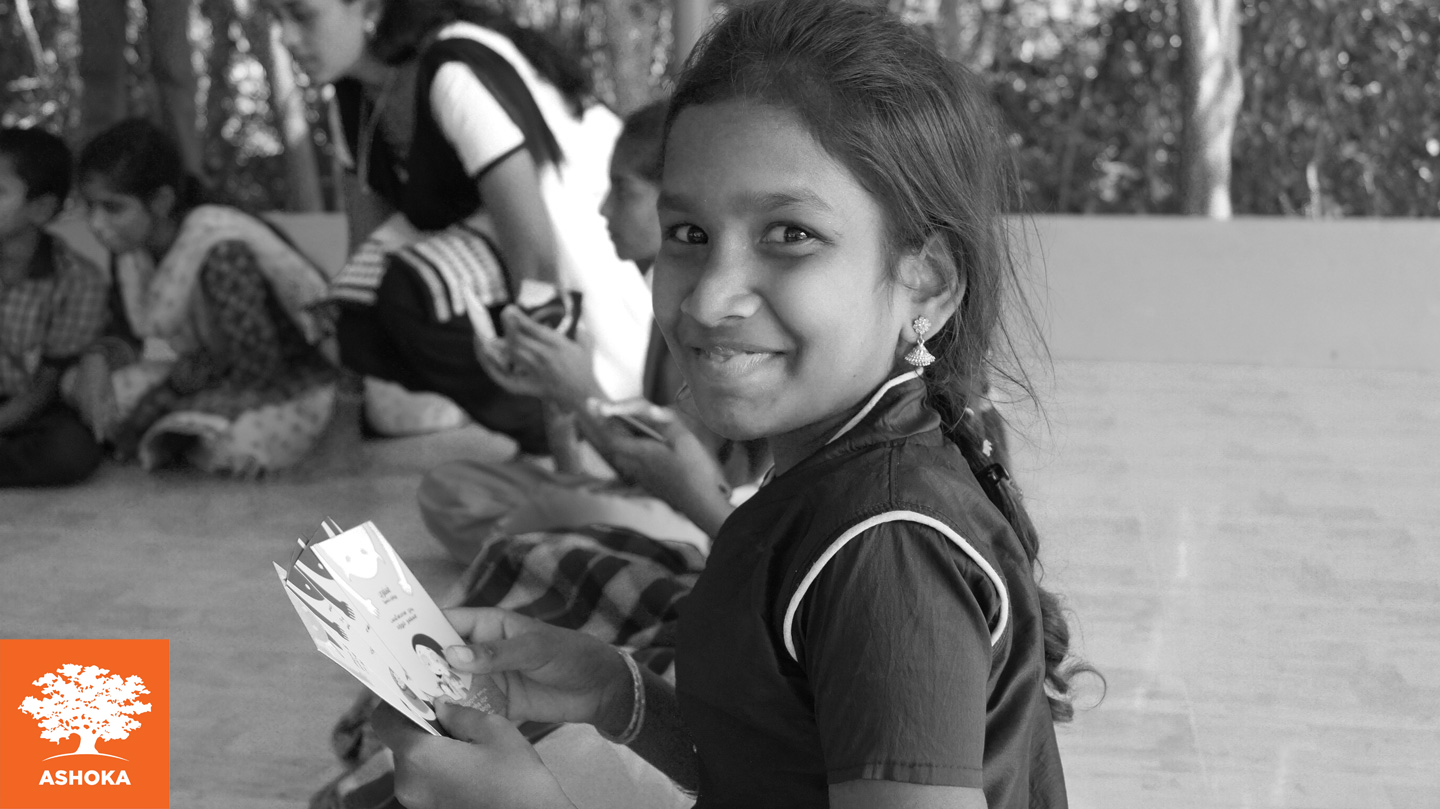
In 2018, the programme was taken to Zimbabwe and other cities in South Africa and the HH team customised the concept to this market.
14%
Reduction in children that are under nourished
32%
Increase in children who wash their hands with soap
14%
Increase in children who take charge of their nutrition